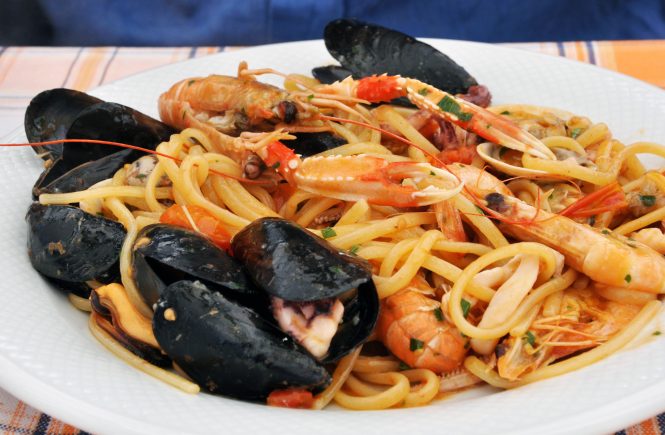It may not seem that Italians always love rules in general — but food rules in Italy? Absolutely quintessential. It doesn’t matter if you’re at a fine-dining establishment with jacketed waiters or chowing down on pizza at a plastic table: There are some things that, when it comes to dining etiquette in Italy, will always get you dirty looks. Or snide comments from the servers.
Below, 11 ways to make servers into enemies and annoy neighboring Italians — all while doing the seemingly-simple task of consuming food.
(2019 update: Since I wrote this post nine (!!!) years ago, some things have changed… slightly. Namely, there is so much more tourism to cities like Rome than even a few years ago. The results of this are what you might expect.
First, servers are becoming less disgusted taken aback by non-Italian food habits. They’re more used to seeing it. Second, the local culture is changing: Italy in general (like the rest of the world) is becoming more globalized and locals are following more international trends. So while Italy’s food culture remains unique (and I hope it always stays that way), you can now find (a handful of) restaurants serving US-style breakfast or pizzas with unusual gourmet toppings, for example.
That being said, even if you can get away with breaking these traditions, part of the allure of Italy is its tradition! (Particularly food tradition, of course). And Italians I know still abide by all of the below. So I still stand behind all of these dining etiquette tips (and abide by them!) 100%. That being said, I recommend looking at the comments section below the post — Italians from other parts of the country have chipped in on how true they think these each are in their region (or at all), and it’s been fascinating to read!)
Without further ado, here are the food rules in Italy you won’t want to break.
Food rule in Italy #1: Don’t expect (US-style) breakfast.
Unless your hotel provides it, don’t expect your first meal of the day to be anything like back home. Most Italians start their day with a mere coffee, or a coffee and cornetto. Cereal is starting to hit grocery-store shelves, but it still seems a rare choice — and if you’re looking for good old scrambled eggs and pancakes, forget about it! If you can’t start your day without, either pick a hotel that explicitly offers American-style brunch or plan to grocery shop and cook your own food.
- Also: why you can’t find your favorite Italian dish in Rome, why you should book restaurants in advance and five more ways to do as the Romans do
Food rule in Italy #1: Only order coffee after a meal.
What horror! Coffee is seen as a way to help you digest your meal, so drinking it alongside is seen as misguided… even dangerous. (Breakfast, as above, is the one exception to this).
If you must have a caffeine hit before a meal (and really, when you’re facing a 3-hour dinner that starts at 9pm, who can blame you), duck around the corner for a quick espresso at a nearby café. (And don’t miss my post on what to know about coffee in Italy, and where to find some of the best cafés).
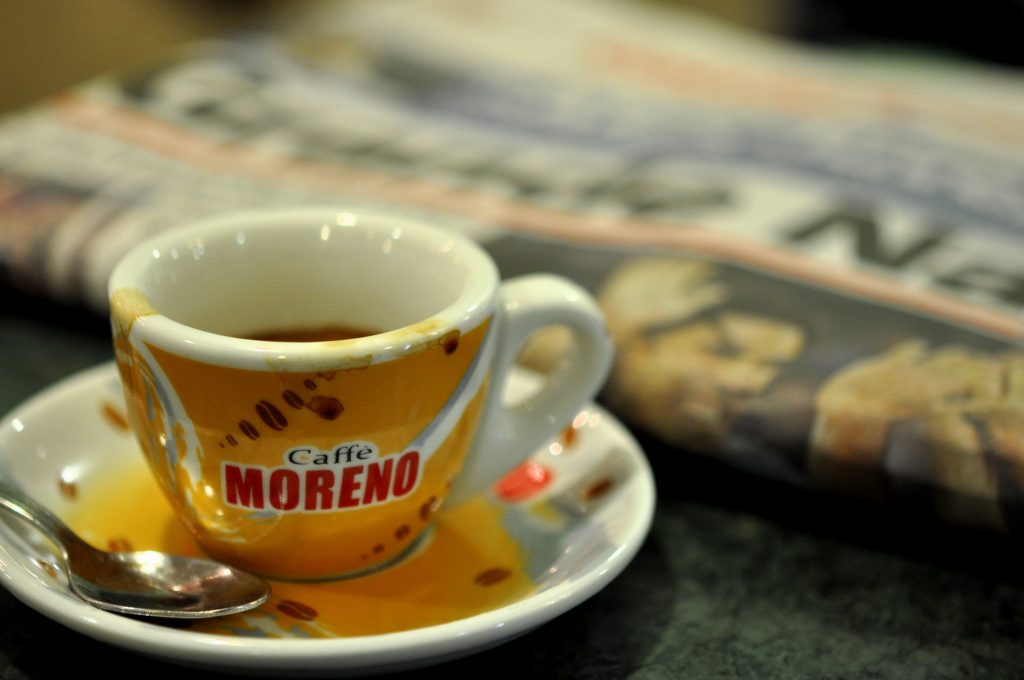
Food rule in Italy #3: If it’s after noon, that can’t be a cappuccino that you’re ordering.
Many Italians follow rules regarding mixing dairy and meat that seem as strict as keeping kosher — only somewhat less consistent. While you might think, given the previous rule, that you’d be allowed to have a cappuccino after a meal, you’d be wrong. A cappuccino has milk in it! You’ve probably just eaten meat! The mix of the two in your stomach can make you get sick and die! (Yes, that pizza with anchovies, or the mozzarella di bufala you consumed as an appetizer…with prosciutto, should do the same thing. But for some funny reason, it doesn’t.) And yes, this rule applies even if you had an all-vegetarian meal. Or if you haven’t eaten at all and are simply grabbing a 4pm coffee.
Remember: The clock strikes noon, the coffee goes normale.
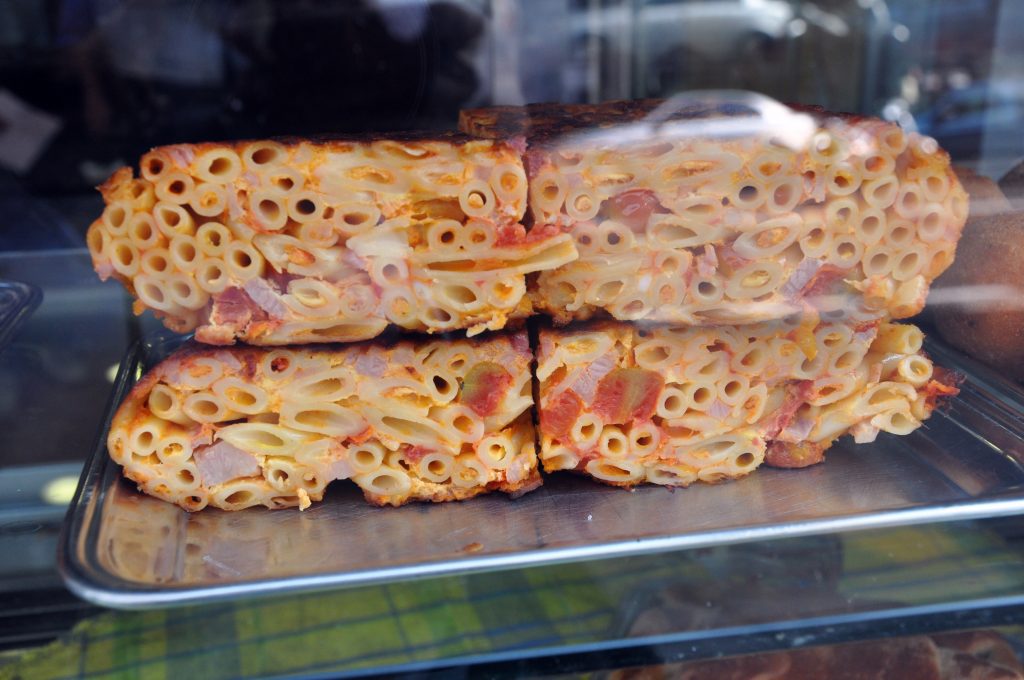
Food rule in Italy #4: If olive oil (or olive oil and vinegar) didn’t come with your bread, don’t ask for it.
Why would you need olive oil? Or vinegar? Oh, wait, because you want to eat your bread before the courses come? Well, then, make sure you see etiquette mistake #5… (NB: At fancier places, you will indeed be offered bread with olive oil before the meal as a kind of taster. But this advice pertains mostly to classic, down-home trattorias, where bread is seen as an accompaniment to your main — see below).
Food rule in Italy #5: And eat said bread with the meal.
If you’re starving, okay. (Who am I kidding — I start chowing down on bread before the food comes almost every time). But at classic trattorias, the bread is there as an accompaniment to your primi and secondi, especially to dip into leftover sauces (again, admittedly not the most elegant thing to do, so don’t do this at La Pergola — but at a humble hosteria it’s fine), not as a way to fill you up pre-dinner.
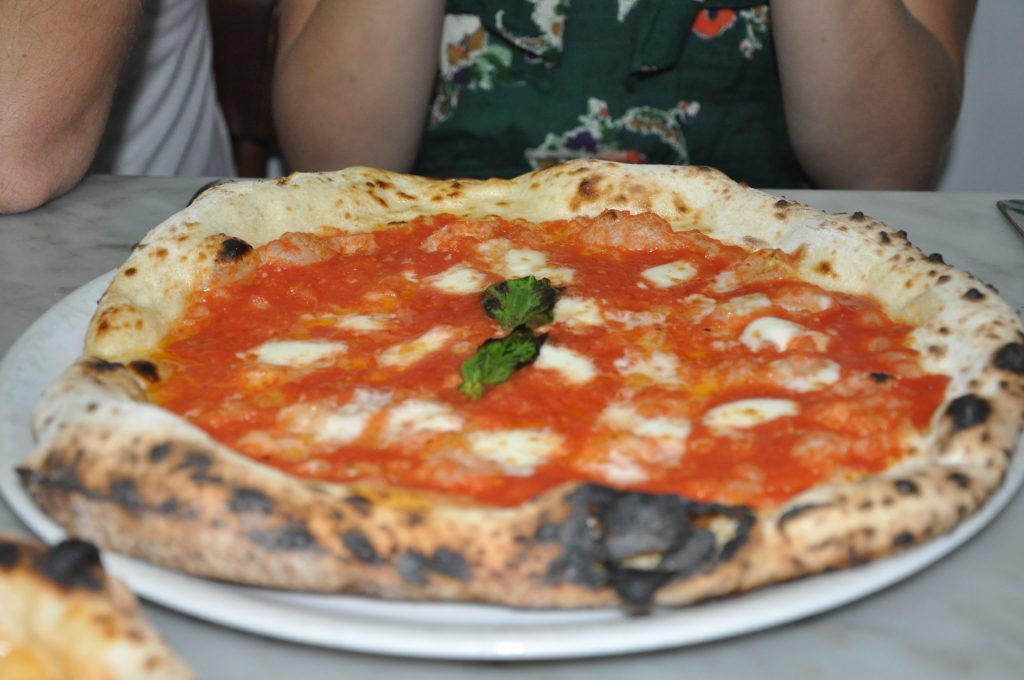
Food rule in Italy #5: Don’t ask for parmesan for your pizza.
It doesn’t even matter if you know how to say it (parmigiano). Putting it on pizza is seen as a sin, like putting Jell-o on a fine chocolate mousse. When a friend of mine did this recently at La Montecarlo, the waiter sneered so much I thought his lips were going to curl into his forehead. “Parmigiano per la pizza?” he spat with disdain. And La Montecarlo is a pizzeria that’s used to tourists. Imagine how they’d treat you at a pizzeria that wasn’t!
(Noticing a theme among these food rules in Italy? It’s true: When in doubt, if you haven’t been served it, don’t ask for it. Only if you want to avoid annoying the servers, of course. If you don’t mind, then by all means, go right ahead!).
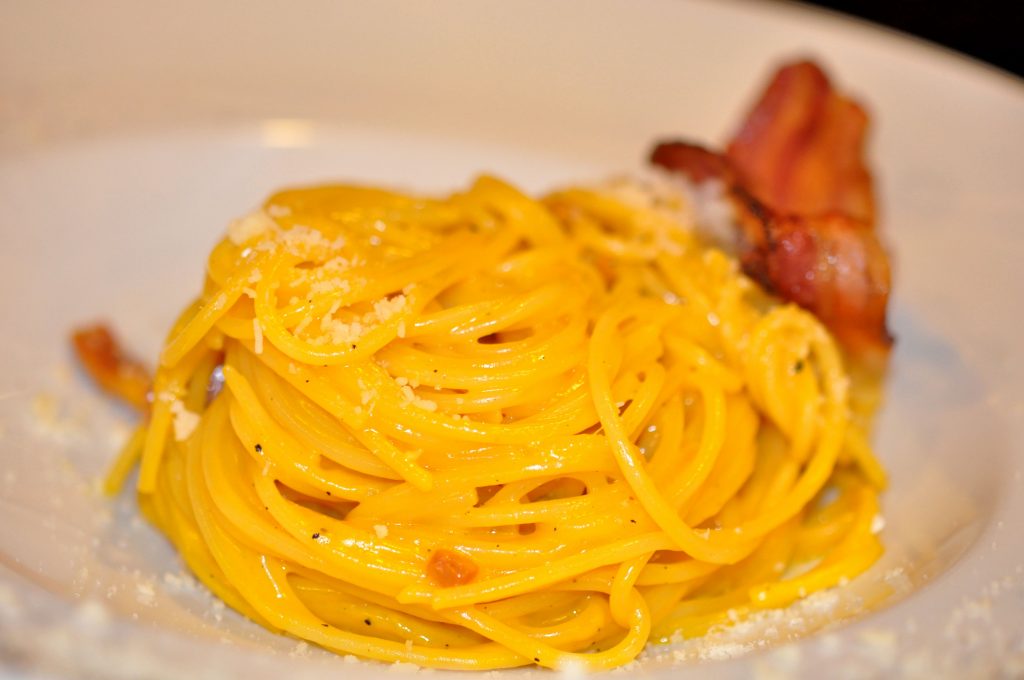
Food rule in Italy #7: In fact, only put cheese on a plate when it’s explicitly offered.
Outside of Italy, many of us tend to put parmesan on everything. But remember that many pasta dishes in Italy aren’t meant for parmesan. In Rome, for example, the traditional cheese is pecorino, and that’s what goes on classics like pasta carbonara, calcio e pepe, and amatriciana. Not parmesan. As a rule of thumb: If they don’t offer it to you, don’t ask for it.
- Want to know more about eating in Italy… while in Italy? I’m a big fan of the food tours by Eating Italy as well as the food experiences by Walks of Italy in Rome, Florence and Venice. And for something truly different, nothing beats the cooking class at my favorite little slice of paradise in the Italian countryside.
Food rule in Italy #8: Ask the person who brought your food — not who took your order — when you want more water, wine, etc.
The person who brings your food often isn’t the same person who takes your order. If you make the mistake of asking that person for another bottle of water, as I have before, you may get a dirty look. And a hand gesture, of course. Not an especially nice one.
Food rule in Italy #9: Ordering acqua del rubinetto at anything but a bar.
Yes, Rome’s water is perfectly safe — and yes, you’re allowed to ask for it at restaurants. But when eating out, Italians almost always drink bottled water. (In Rome and the south, the preferred type is normally sparkling, or frizzante). I’ve been told that this is because there’s a lot of calcium in the tap water, so Italians mix it up with bottled so they don’t get kidney stones. I’ve also been told it’s because Italians simply don’t trust anything provided by the state. Who knows. But it’s what the locals do. Some restaurants will simply refuse you if you ask for tap water (although bars and cafés, when selling you a cocktail or a coffee, should allow it).
Food rule in Italy #10: If you’re eating, you’re sitting down.
Much like the Parisians, Romans look down on anyone chowing down on bus, metro, or on foot. It’s anathema to the entire philosophy of eating: Dinner should be a meal that you sit and enjoy, preferably for two, even three hours. Eating while doing anything else is seen as sloppy, desperate (can you really be that hungry?), and missing the whole point. The one exception: Gelato, which you’ll see whole families tucking into on their Sunday evening strolls.
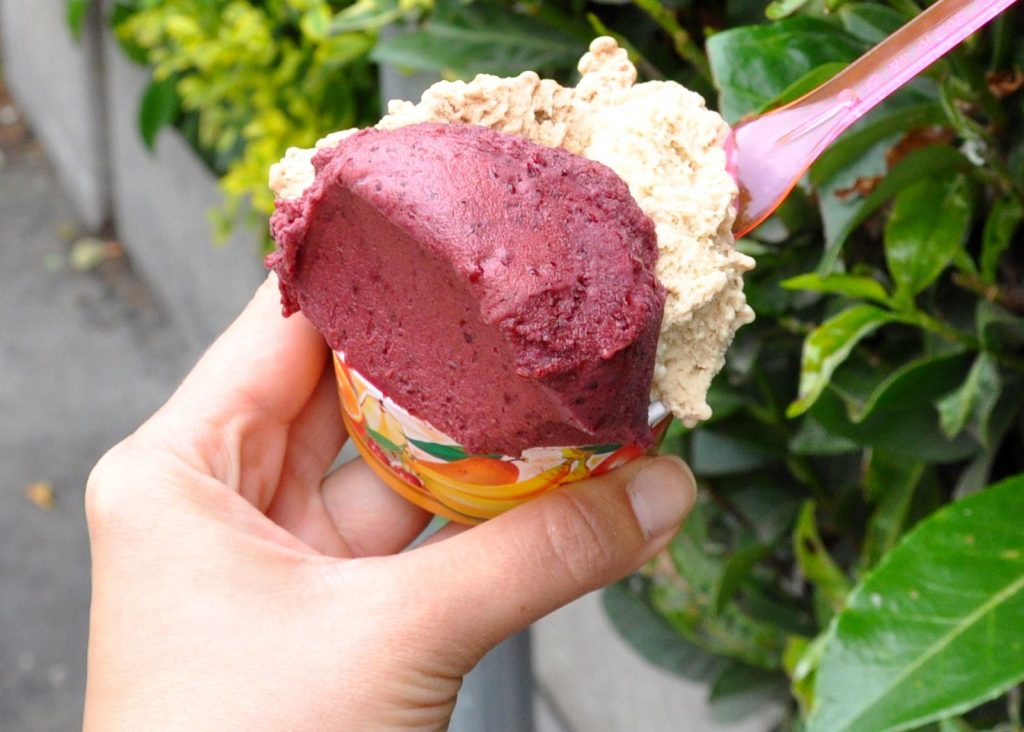
Food rule in Italy #11: If you want the bill, you have to ask for it.
Unlike in the US and other countries, it’s seen as a terrible breach of restaurant etiquette in Italy for a waiter to bring your bill and whisk away your plates as soon as you’ve finished your food. You’re supposed to have the liberty (and luxury) of lingering at your table, finishing your wine, water and even ordering a coffee.
So once you’re ready to go, signal for the waiter and say, “Il conto, per favore.” The universal squiggly-finger-in-the-air hand signal will always work, too.
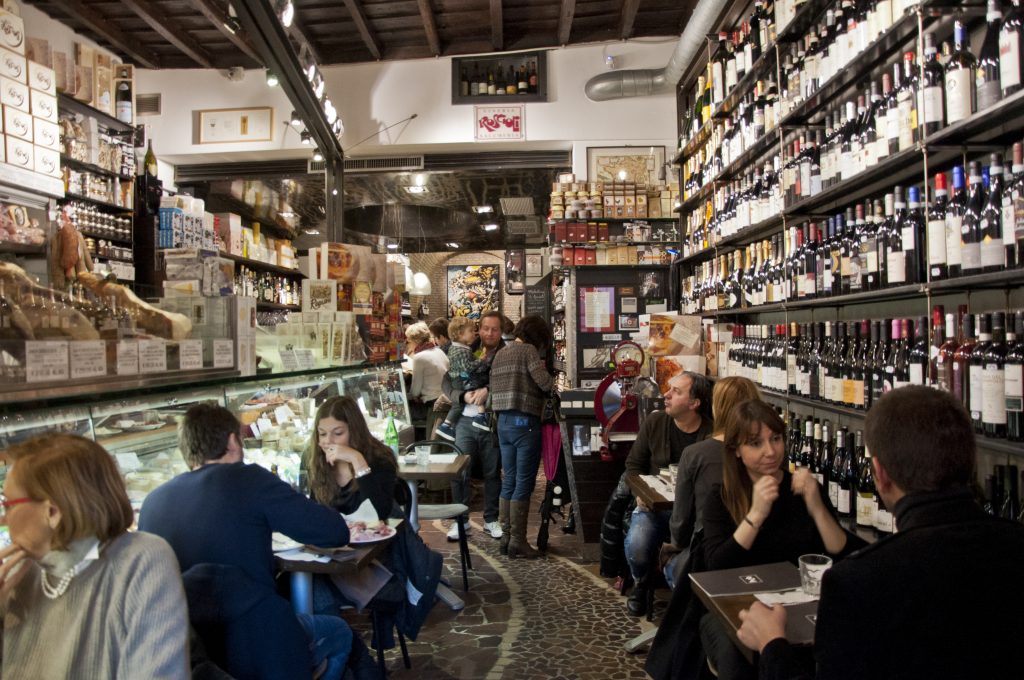
Major caveat: It’s not as if I always adhere to dining etiquette in Italy. While I’ve gotten good at automatically ordering a caffè normale after noon or asking for a bottiglia d’acqua gassata upon sitting down, I particularly annoy waiters by consistently asking for salt. I can’t help it: My sodium-drenched American palate finds a lot of Italian food just slightly bland. It’s just that I’ve learned to expect frowns in return.
So go ahead, break the rules. Just do so at your own risk… and have a salty Roman response in reserve for the potential comments.
If you liked this post, you’ll love The Revealed Rome Handbook: 2020 Update, available for purchase on Amazon or through my site here! I’m also free for one-on-one consulting sessions to help plan your Italy trip.

